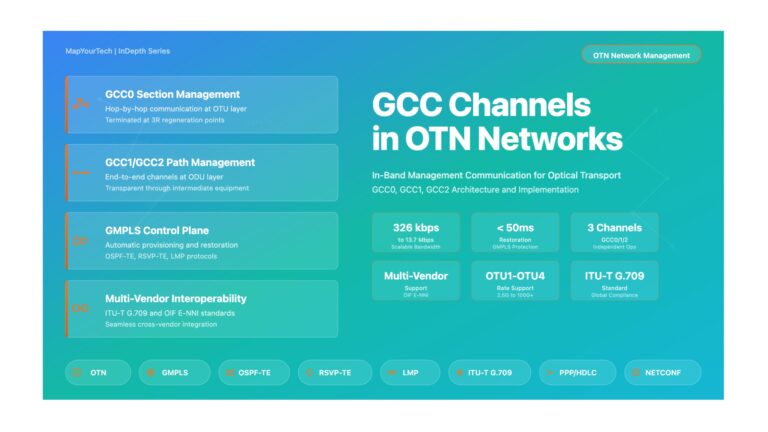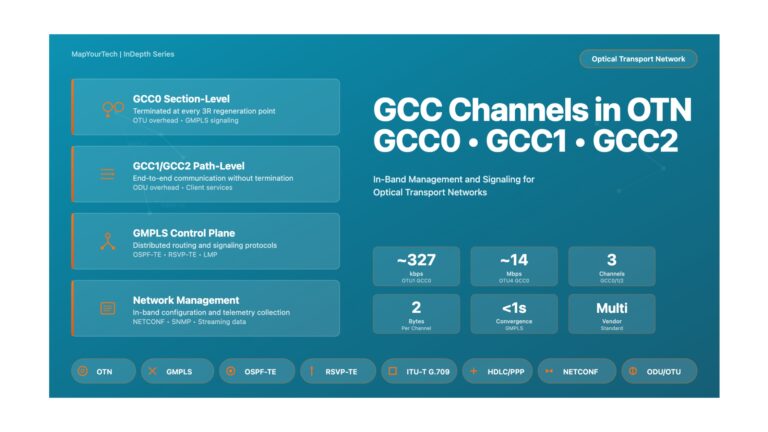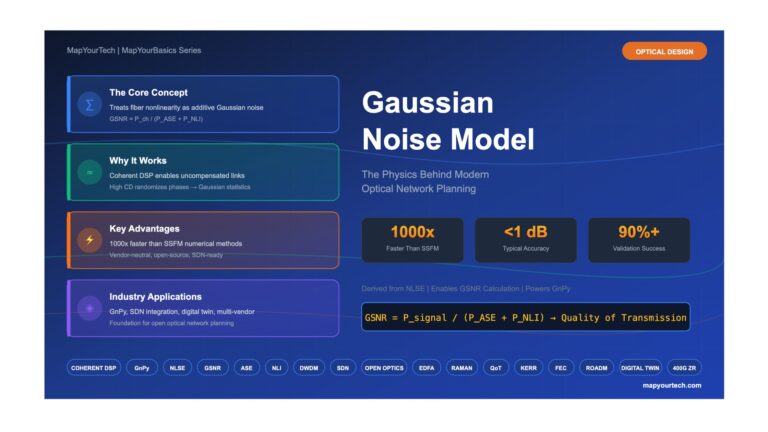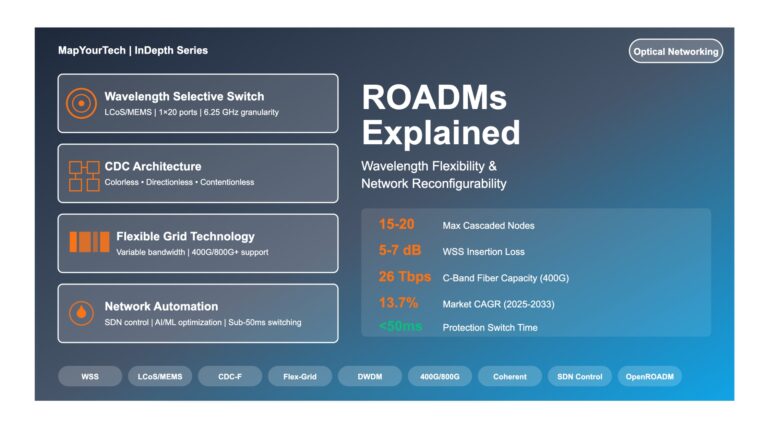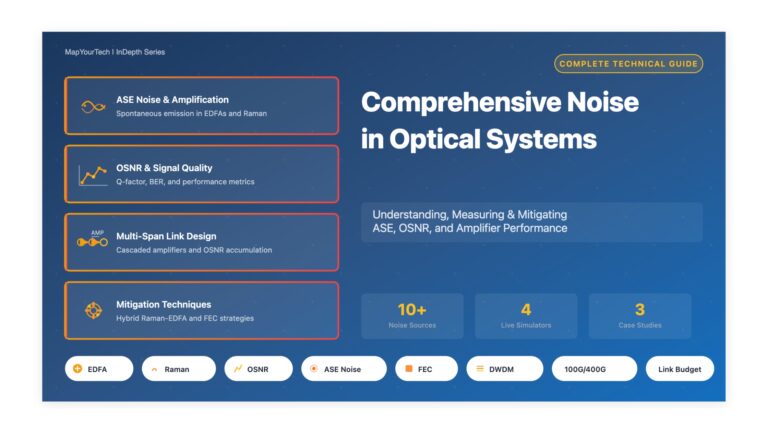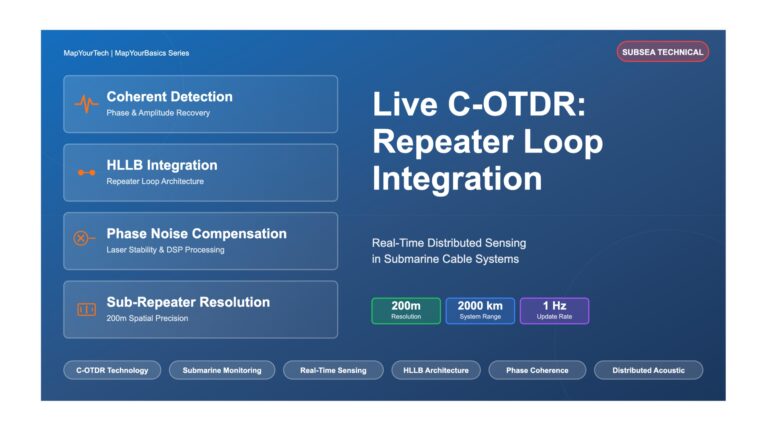HomeTechnical
Technical
Showing 1 - 10 of 573 results
GCC Channels (GCC0/GCC1/GCC2) in OTN – Comprehensive Guide | MapYourTech GCC Channels in OTN Networks A Comprehensive Guide to General...
-
Free
-
December 30, 2025
Comprehensive Guide: GCC Channels (GCC0/GCC1/GCC2) in OTN General Communication ChannelsGCC0/GCC1/GCC2 in OTN Comprehensive Technical Guide for In-Band Management and Signaling...
-
Free
-
December 30, 2025
The Gaussian Noise Model in Optical Networking The Gaussian Noise Model in Optical Networking Understanding Why This Revolutionary Model Transformed...
-
Free
-
December 25, 2025
CDC ROADMs: Complete Technical Guide | MapYourTech CDC ROADMs: Colorless, Directionless, Contentionless Architecture Understanding CDC: Colorless, Directionless, and Contentionless Capabilities...
-
Free
-
December 24, 2025
Network Capacity Planning Models: Advanced Deep Dive for Senior Engineers Network Capacity Planning Models Advanced Deep Dive: Mathematical Foundations, Optimization...
-
Free
-
December 24, 2025
... Membership Required You must be a member to access this content.View Membership LevelsAlready a member? Log in here
-
Free
-
December 24, 2025
Multi-Span Link Design Methodology: Advanced Engineering Deep Dive | MapYourTech Multi-Span Link Design Methodology Advanced Engineering Deep Dive into Submarine...
-
Free
-
December 24, 2025
ROADMs Explained: Wavelength Flexibility and Network Reconfigurability – MapYourTech ROADMs Explained: Wavelength Flexibility and Network Reconfigurability A Comprehensive Visual Guide...
-
Free
-
December 21, 2025
Noise in Optical Systems – Complete Guide Noise in Optical Systems A Comprehensive Professional Guide to Understanding, Measuring, and Mitigating...
-
Free
-
December 21, 2025
Live C-OTDR: Repeater Loop Integration and Performance – IEEE Technical Article Live C-OTDR: Repeater Loop Integration and Performance Real-Time Distributed...
-
Free
-
December 21, 2025
Explore Articles
Filter Articles
ResetExplore Courses
Tags
automation
ber
Chromatic Dispersion
coherent optical transmission
Data transmission
DWDM
edfa
EDFAs
Erbium-Doped Fiber Amplifiers
fec
Fiber optics
Fiber optic technology
Forward Error Correction
Latency
modulation
network automation
network management
Network performance
noise figure
optical
optical amplifiers
optical automation
Optical communication
Optical fiber
Optical network
optical network automation
optical networking
Optical networks
Optical performance
Optical signal-to-noise ratio
Optical transport network
OSNR
OTN
Q-factor
Raman Amplifier
SDH
Signal amplification
Signal integrity
Signal quality
Slider
submarine
submarine communication
submarine optical networking
Telecommunications
Ticker

